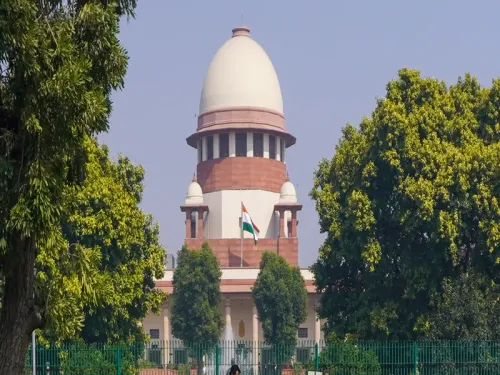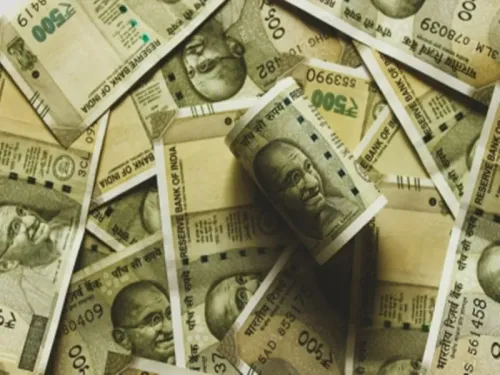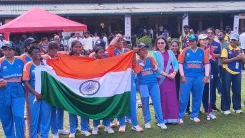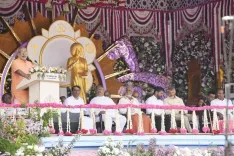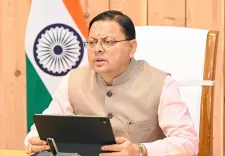Is the Centre's Caste Census Decision Possible Due to the INDIA Bloc?
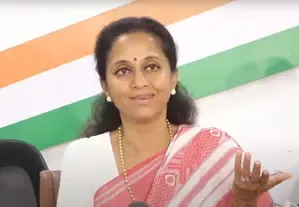
Synopsis
Key Takeaways
- The Central government will conduct a caste census.
- The decision is attributed to the persistent demands of the INDIA bloc.
- This move is seen as a victory for social justice advocates.
- Political reactions have been mixed, with opposition parties celebrating the announcement.
- Support for the government on certain issues continues from the INDIA bloc.
Mumbai, May 1 (NationPress) The Nationalist Congress Party (Sharad Pawar) expressed its approval of the Central government's significant decision to incorporate caste-based enumeration in the forthcoming national census, attributing this achievement to the INDIA bloc’s steadfast advocacy.
The Centre announced on Wednesday that a caste census would be conducted alongside the next population census, a comprehensive nationwide initiative managed at the central level. This decision emerged from a high-level meeting of the Cabinet Committee on Political Affairs (CCPA), presided over by Prime Minister Narendra Modi.
NCP(SP) leader and Member of Parliament (MP) Supriya Sule remarked, "This was made possible because it was the INDIA bloc that persistently raised this demand. Figures like Rahul Gandhi, Akhilesh Yadav, Amol Kolhe, and I have voiced this demand numerous times, both in Parliament and through protests on the streets."
She continued, "Our demand has now been met. While it took some time, it's better late than never," she stated.
The announcement stirred a multitude of responses from various political factions.
Congress MP and Leader of the Opposition (LoP) in the Lok Sabha, Rahul Gandhi, noted that this decision signifies the Opposition's unwavering pressure on the Modi government to prioritize social justice.
LoP Gandhi asserted that the government has ultimately conceded to the Congress-led Opposition's developmental agenda.
In a similar vein, the Samajwadi Party and the Rashtriya Janata Dal (RJD) emphasized that the BJP-led government has acquiesced to their longstanding demands.
While the Opposition parties celebrated this announcement as a victory of their extensive efforts, the BJP dismissed their claims.
Amidst this political discourse, Sule highlighted that even though they oppose the ruling party on several issues, the INDIA Bloc would support the government’s response concerning the Pahalgam terror attack.
"We are committed to the central government, and the INDIA bloc will undoubtedly stand firmly with the Government of India regarding this issue. I believe that is why, whether we express ourselves on camera, on television, or social media, we must do so thoughtfully.
"As responsible MPs and party workers, our obligations are even greater. Thus, whatever decision the Government of India arrives at, we will wholeheartedly support it with all our strength," she concluded.

